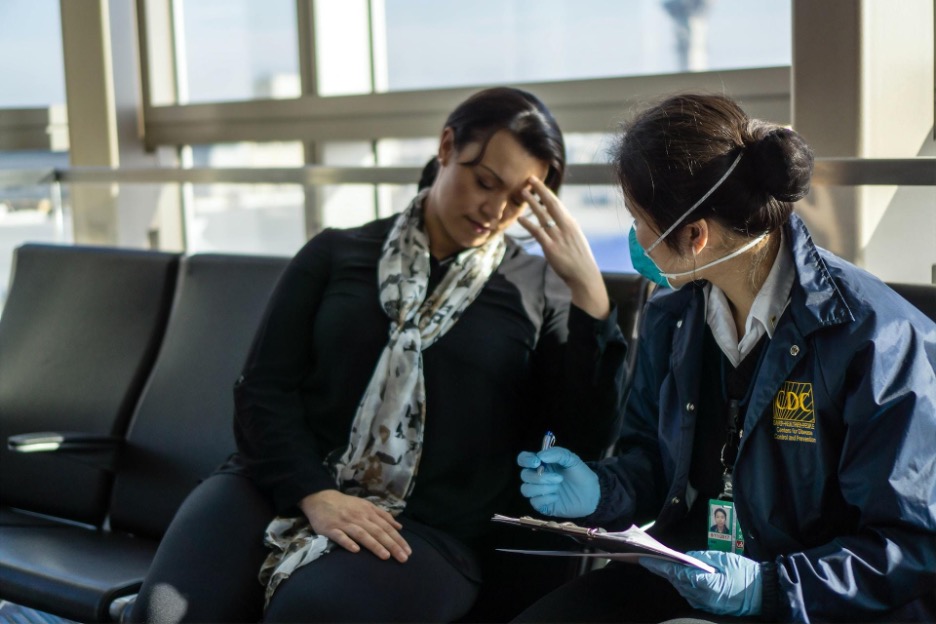
In a world where conversations about mental health often lurk in the shadows, the stark reality of suicide breaks through with an urgent whisper, demanding our attention. Every year, millions grapple with suicidal thoughts, yet the topic remains shrouded in taboo and silence.
This silence isn't just deafening—it's deadly. By breaking this silence, we embark on a critical journey toward understanding and preventing one of the most tragic outcomes of mental health struggles.
Our article, "Breaking the Silence: A Closer Look at Suicide Prevention," is more than just an exploration; it's an urgent call to action. We delve into the complex tapestry of psychological, social, and biological factors that contribute to suicidal behaviour, dissecting the intricate interplay that leads individuals down this harrowing path.
As you journey through these insights, a compelling desire to be part of the solution will emerge—a desire to transform awareness into action, stigma into support, and silence into life-saving conversations. Join us in unravelling the nuances of this critical issue and discover how you can be an instrumental part of the global movement for suicide prevention.
Understanding Suicide: A Multifaceted Issue
Suicide, a profound public health concern, is far more than a singular act of despair. It's a complex interplay of psychological, social, and biological factors. Psychologically, conditions like depression, anxiety, and substance abuse are significant contributors.
These mental health conditions can create feelings of hopelessness and isolation, often pushing individuals towards considering suicide as a way out of their suffering.
For instance, in Maryland alone, an alarming statistic from Compass Health Center revealed that 188,000 adults had thoughts of suicide in the past year, underscoring the urgent need to address these psychological triggers.
Social and environmental factors also play a critical role. Experiences of trauma, abuse, or significant loss can trigger suicidal thoughts. The pressure of societal expectations, bullying, and discrimination, particularly in marginalised communities, exacerbates this risk.
Environmental factors such as prolonged exposure to violence or conflict zones can lead to post-traumatic stress disorder (PTSD), a condition closely linked to suicide.
Finally, biological and genetic predispositions cannot be overlooked. Research suggests that genetics may play a role in suicidal behaviour, with certain genetic variations linked to an increased risk of suicide.
Neurochemical factors, such as imbalances in brain chemicals like serotonin, are also considered contributing factors. This multifaceted nature of suicide necessitates a comprehensive approach to prevention and treatment, encompassing psychological, social, and biological dimensions.
The Stigma of Mental Health and Its Impact

The stigma surrounding mental health is a pervasive barrier to seeking help. Societal perceptions often paint mental health issues as a sign of weakness or a personal failing rather than legitimate health concerns.
This stigma can be so overwhelming that individuals fear judgment or discrimination, leading them to suffer in silence. This is particularly concerning when considering those individuals in Maryland who reported suicidal thoughts, many of whom might be hesitant to seek help due to these societal attitudes.
The impact of this stigma is far-reaching. It prevents individuals from accessing necessary mental health services, delays diagnosis and treatment, and exacerbates the severity of mental health conditions. For instance, a young adult struggling with depression might avoid discussing their feelings or seeking professional help, fearing that they would be labelled as 'unstable' or 'attention-seeking'. This silence can lead to a worsening of their condition, potentially culminating in a suicidal crisis.
Real-life stories underscore the devastating effects of this stigma. Consider the account of a young professional who, despite achieving success, struggled with severe depression. The fear of being perceived as incompetent prevented them from seeking help, eventually leading to a suicide attempt. It was only after this life-threatening experience that they received the support and treatment needed. Such stories highlight the urgent need to change societal perceptions and create a more supportive environment for mental health.
Preventive Strategies: From Communities to Individuals
Effective suicide prevention requires a multi-tiered approach, engaging communities and individuals alike. Community-based interventions play a pivotal role in this regard. Programmes that raise awareness, provide education on mental health, and foster a supportive environment can significantly reduce the stigma and barriers to seeking help.
The role of individual counselling and therapy is indispensable in suicide prevention. Personalised therapeutic approaches help individuals deal with underlying mental health conditions, work through traumatic experiences, and develop coping strategies.
Moreover, therapy provides a safe space for individuals to express their thoughts and feelings, which is critical for those who feel isolated or misunderstood.
Support systems comprising family, friends, and online communities are crucial safety nets. These networks provide emotional support, understanding, and practical help during times of crisis.
For example, online support groups can offer a sense of belonging and shared experience, which is particularly beneficial for individuals who might feel alienated in their immediate physical environment. In essence, a robust support system can act as a buffer against the isolating effects of mental health issues, providing both immediate and long-term support for those at risk of suicide.
Early Detection and Intervention
Early detection of suicidal tendencies is a crucial step in preventing the loss of life. Recognising early warning signs, such as drastic mood swings, withdrawal from social activities, and changes in sleep or appetite, can be life-saving.
It's important for both individuals and those around them to be vigilant and responsive to these signs. Healthcare professionals play a vital role in early detection. Regular screenings during routine check-ups can identify individuals at risk, facilitating timely intervention.
Case studies demonstrate the effectiveness of early intervention. For example, a programme in a high school identified students at risk through anonymous surveys and provided immediate counselling, resulting in a significant reduction in suicidal incidents. Such proactive measures are essential in changing the trajectory from despair to hope.
Digital Media: A Double-Edged Sword

Digital media's impact on suicide is complex. On one hand, it can exacerbate suicidal tendencies through exposure to harmful content or cyberbullying.
Social media platforms can sometimes become echo chambers where vulnerable individuals encounter triggering material. On the other hand, digital media offers valuable resources for suicide prevention.
Online support groups, mental health apps, and educational content can provide critical support and information.
It's also a powerful tool for raising awareness and breaking the stigma around mental health. The key lies in responsible communication. Digital spaces must be managed to minimise exposure to harmful content while maximising supportive and educational interactions.
Embracing Hope: Charting the Path Forward in Suicide Prevention
In conclusion, suicide prevention is a multifaceted challenge that requires a collective effort. This article has highlighted the importance of understanding the complex factors leading to suicide, combating stigma, employing community and individual prevention strategies, and recognising the dual role of digital media.
The call to action is clear: society, healthcare professionals, and individuals must unite in their efforts to prevent suicide.
By fostering open discussions, increasing awareness, and providing support, we can create a future where the despair that drives individuals to suicide is met with understanding, support, and effective intervention. There's hope in every action taken towards suicide prevention, and together, we can make a significant difference.
This article is part of the HealthManagement.org Point-of-View Programme.






















